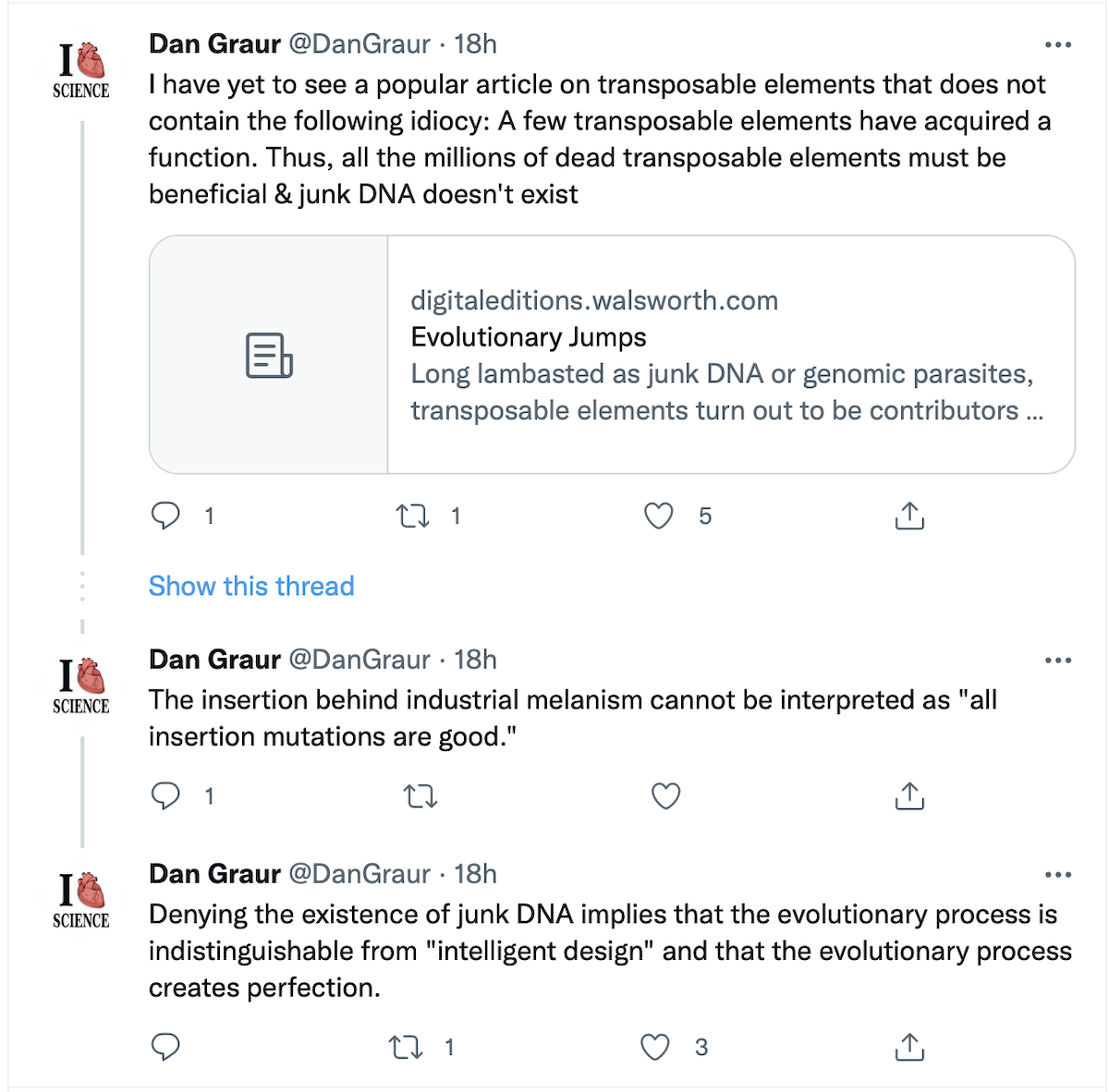Species Pairs: A New Challenge to Darwinists
In the many years of vehement debate between proponents of unguided evolution and intelligent design, it sometimes may look like all has already been said and there are no new arguments on either side. However, this is not the case at all. Intelligent design theory has greatly developed since its early beginnings and many new arguments have been added in support of the design inference. Here, I want to introduce another new argument and formulate a challenge to my Darwinist colleagues. This challenge is by no means rhetorical and could be easily met with simple research in publicly available data bases. Here it is.
As I have laid out in various publications (e.g., Bechly & Meyer 2017) and lectures, the fossil record demonstrates that the history of life was not a series of gradual transformations by an accumulation of small changes over long periods of time. Instead of conforming to this gradualist prediction of Darwin’s theory of evolution, the fossil record consistently documents a series of saltational transitions with abrupt appearances of new body plans within very short windows of time. This implies a fatal problem for Darwinism called the waiting time problem, because population genetic calculations and simulations show that the windows of time established by the fossil record are orders of magnitude too short to accommodate the required genetic changes for these body plan transformations.
Some examples of abrupt body plan transitions are the origin of photosynthesis; the origin of eukaryotes; the origin of the Ediacaran biota (Avalon Explosion) and Cambrian animal phyla (Cambrian Explosion) such as the origin of trilobites from worm-like ancestors in less than 13 million years (Daley et al. 2018, Bechly 2018); the origin of efficient eyes in arthropods, cephalopods, and vertebrates; the terrestrialization of plants (embryophytes), arthropods (tracheae), and vertebrates (tetrapod limbs); the origin of wings in insects, pterosaurs, bats, and birds (including the origin of pennaceous feathers from filamentous precursors); the origin of secondarily marine vertebrates such as ichthyosaurs, mosasaurs, manatees, and whales; the origin of echolocation in bats and whales; the origin of complex new reproductive systems (angiosperm flowers, dragonfly secondary copulatory apparatus, holometabolic insect metamorphosis, amniote egg, and eutherian placenta); the origin of distinct new body plans in vertebrates (e.g., snakes, turtles, bats, and whales); and even the origin of our own genus Homo and of a globular braincase correlated with the “Creative Explosion” of symbolic thinking within Homo sapiens.
The Lifespan of a Single Species
An additional fact that underscores the waiting time problem in cases like whale origins (see this Long Story Short 2020 video) is the average longevity of larger mammal species and especially artiodactyls at only 4.1-4.39 million years (Prothero 2014). Whales are thought to be nested in and derived from artiodactyl ungulates. The fossil record shows that the transition from quadrupedal whale ancestors similar to Raoellidae (such as Indohyus) and Pakicetidae to fully marine pelagicete whales like Basilosauridae happened in just 4.5 million years. This implies that the body plan transition from a pig-like animal to a dolphin-like animal happened within the lifespan of a single species. Of course, this does not exclude the possibility of several successive speciation events within this time period, but it is still a fact that illustrates the biological abruptness of this major anatomical re-engineering.
Finally, there is also another related problem that has been hitherto largely overlooked: The morphological similarity of modern species pairs, which have diverged in a similar time frame, poses a severe problem. That is because it implies that the macroevolutionary processes that allegedly were at work and common during all periods of Earth history and in all groups of organisms, apparently were totally absent in the origins of all of the millions of living species. To explore this issue, I surveyed TimeTree.org (Hedges & Kumar 2009, Hedges et al. 2006, 2015, Kumar et al. 2017), which is a databank of 97,085 living species of different groups of organisms, with molecular clock estimates of their time of divergence based on 3,998 studies. When probing any pairs of species, even those with longer divergence times than available for the development of the body plan differences between pakicetids and basilosaurids, we find without exception that their morphologies are hardly distinguishable for laymen and they often still can hybridize.
So Much for the Theoretical Prelude
Now let’s look at some more-or-less random examples from TimeTree to see what I mean.
Firs (Abies spec.) and cedars (Cedrus spec.) belong to the same subfamily of conifer trees but separated already 141 million years ago. That is more than 30 times the time available for the origin of marine whales, but there is hardly any difference in body plan. Of course, this might just be a case of evolutionary stasis as in living fossils, but the next examples will make you think again.


The common house fly (Musca domestica) and the small house fly (Fannia scalaris) diverged about 48 million years ago. For laymen they look basically indistinguishable. Hmmm, that’s strange, but could still be a fluke.
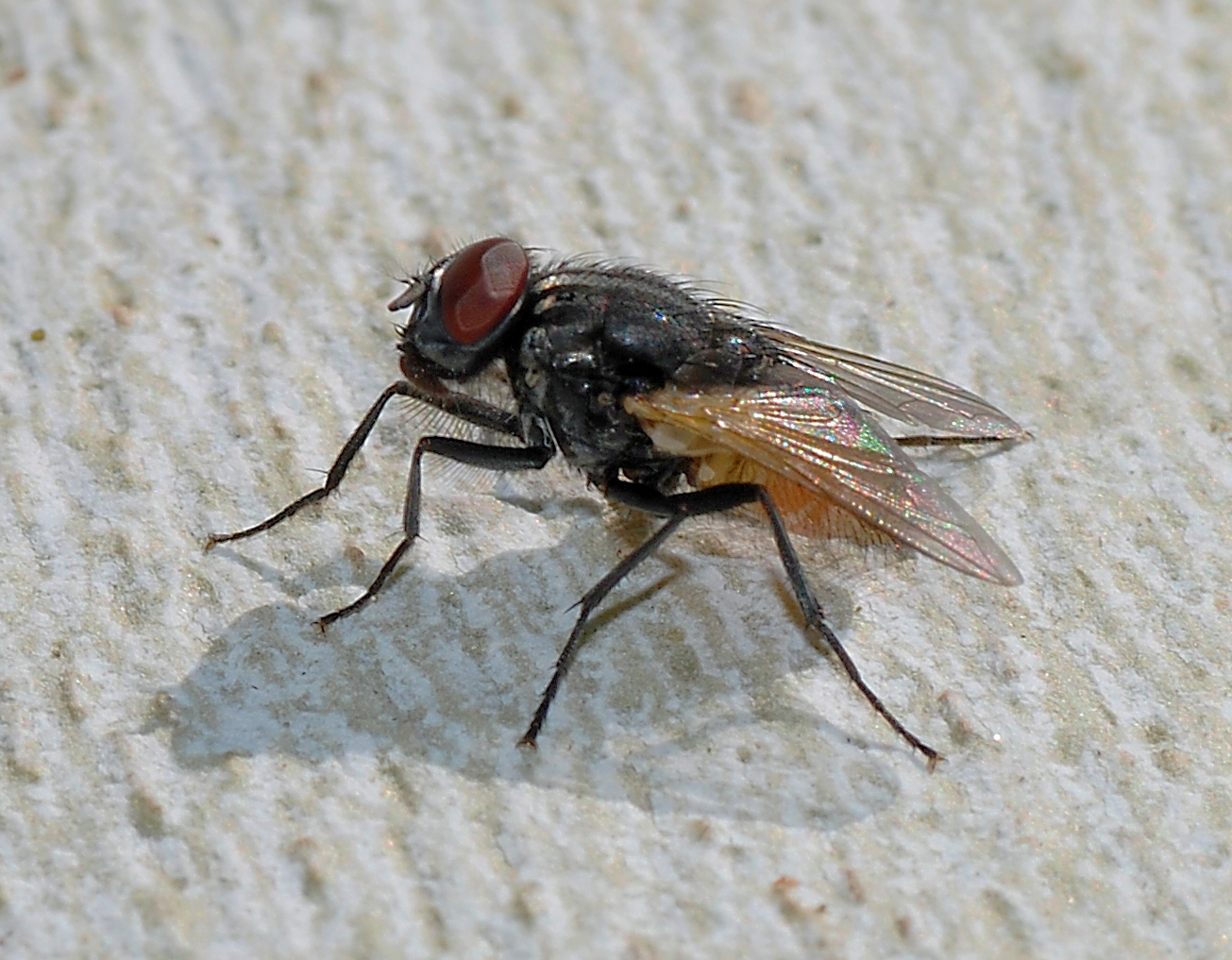
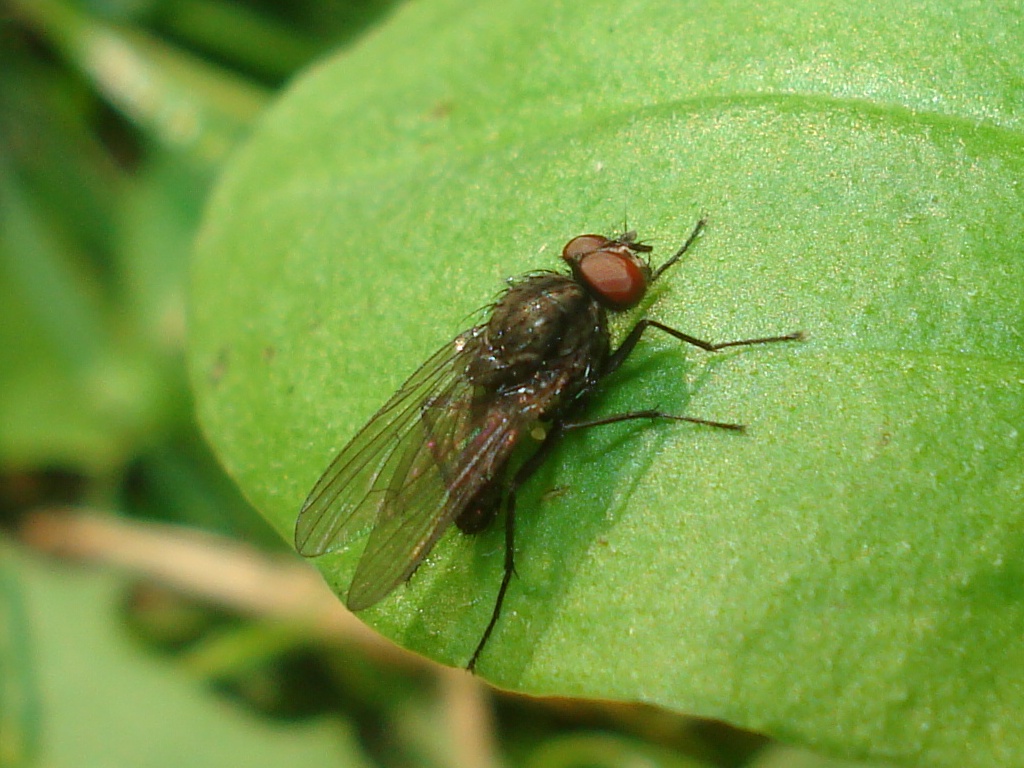
My favorite animals are dragonflies and damselflies. The northern damselfly (Coenagrion hastulatum) and the azure damselfly (Coenagrion puella) diverged 11.8 million years ago. Even as an expert on these insects, I have to resort to a determination key to distinguish them. Can you?
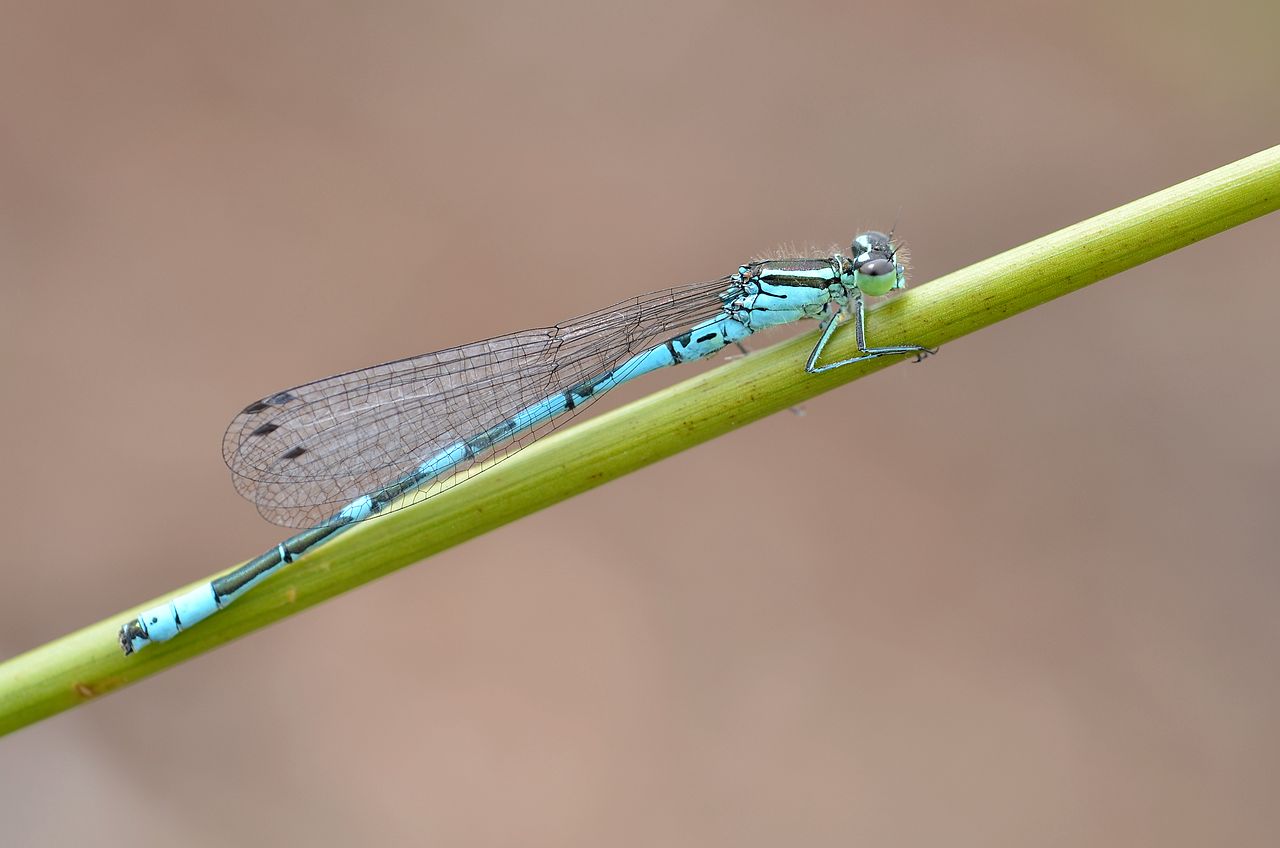

What about amphibians? The European common frog (Rana temporaria) and moor frog (Rana arvalis) diverged 21.4 million years ago. They look almost identical. Do we start to see a pattern?


“Reptiles” show the same pattern. The Galapagos land iguanas (Conolophus spec.) and marine iguanas (Amblyrhynchus spec.) diverged 18.2 million years ago. The marine iguanas can excrete salt from a gland at their nostrils and have a more flattened tail, but otherwise still look very much like their cousins.


Avian Examples
Birds rank among the best studied groups in terms of speciation. The green warbler (Phylloscopus nitidus) and Bonelli’s warbler (P. bonelli) diverged 15.2 million years ago (but at least 4-7 million years according to Helbig et al. 1995). They look identical and may still be able to hybridize.


Here is another avian example to show this is a common pattern among recent bird species. The house sparrow (Passer domesticus) and tree sparrow (Passer montanus) diverged 10.2 million years ago. They have some minor differences in color pattern but indeed hybridize even in the wild. Still thinking evolution can achieve miracles in a few million years? Where the heck is the evidence?


Well, let’s move on to mammals. The common house mouse (Mus musculus) and house rat (Rattus rattus) diverged 20.9 million years ago (at least 12 million years according to Kimura et al. 2015). Apart from the size difference they look very much alike.


Did you ever taste beefalo steak? Beefalos are hybrids between European bison (Bison bonasus) and cattle (Bos taurus) that diverged 4.88 million years ago, which is about the same time frame as in the whale example. Some archaic breeds of cattle like the Scots highland cattle look even more similar to the bison and the aurochs.


Horse (Equus caballus) and ass (Equus asinus) diverged 7.7 million years ago and can still hybridize as mules. Their wild ancestors looked even more similar than most of their modern domesticated breeds.
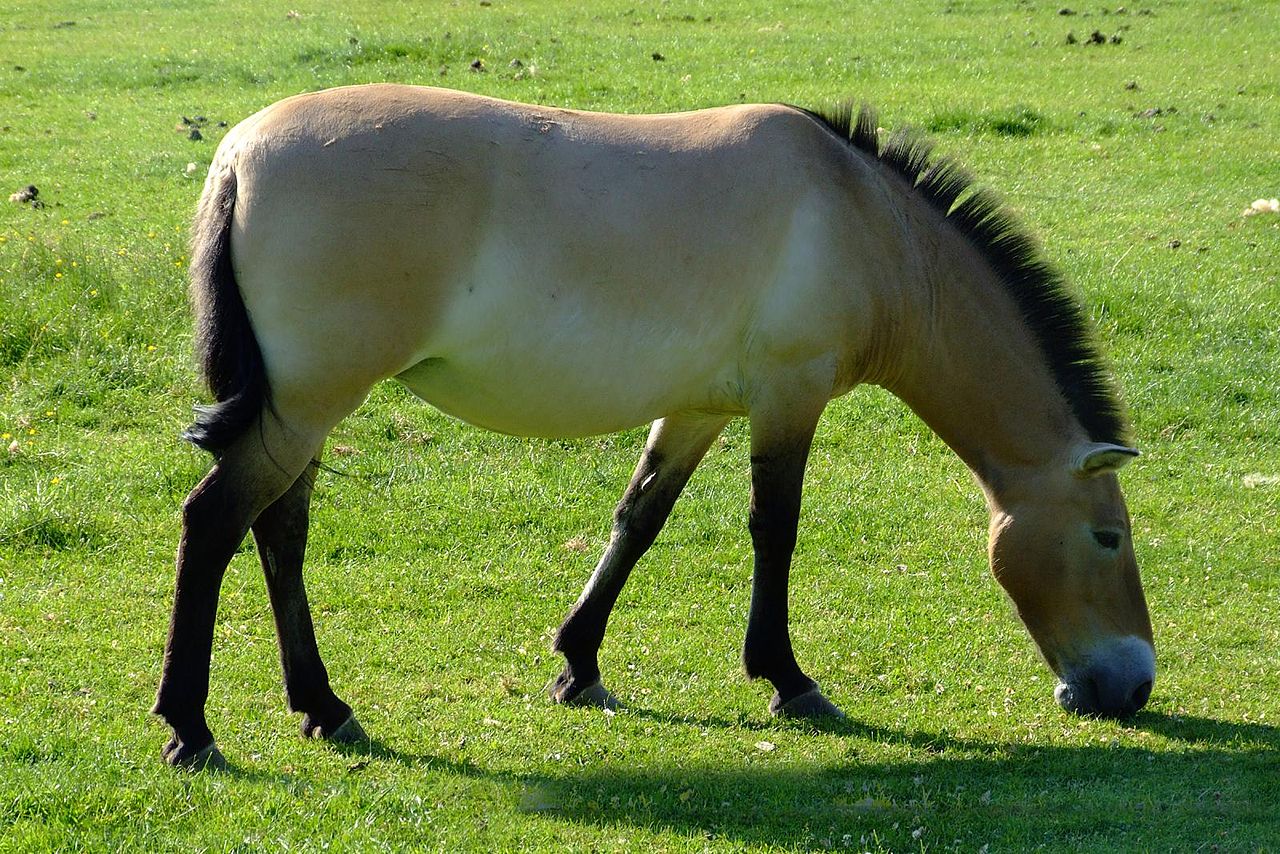
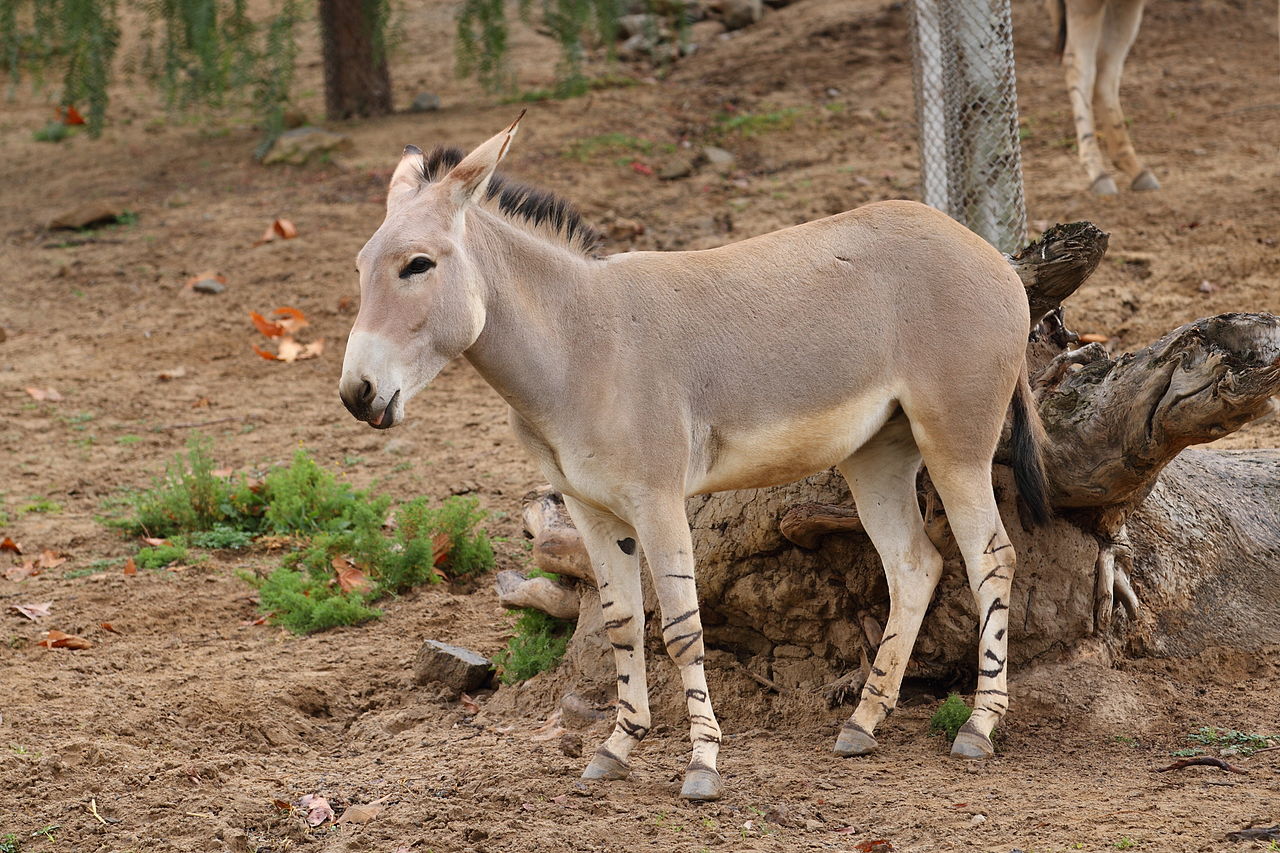
Asian elephants (Elephas maximus) and African elephants (Loxodonta africana) diverged 25.9 million years ago (at least 7.6 million years according to Rohland et al. 2007), and they mainly differ in the tip of the trunk, ear size, and shape of their withers. Even the two almost identical African species of the savannah elephant (Loxodonta africana) and the forest elephant (Loxodonta cyclotis) diverged 7.6 million years ago (at least 4 million years according to Rohland et al. 2007). Not really a new body plan.

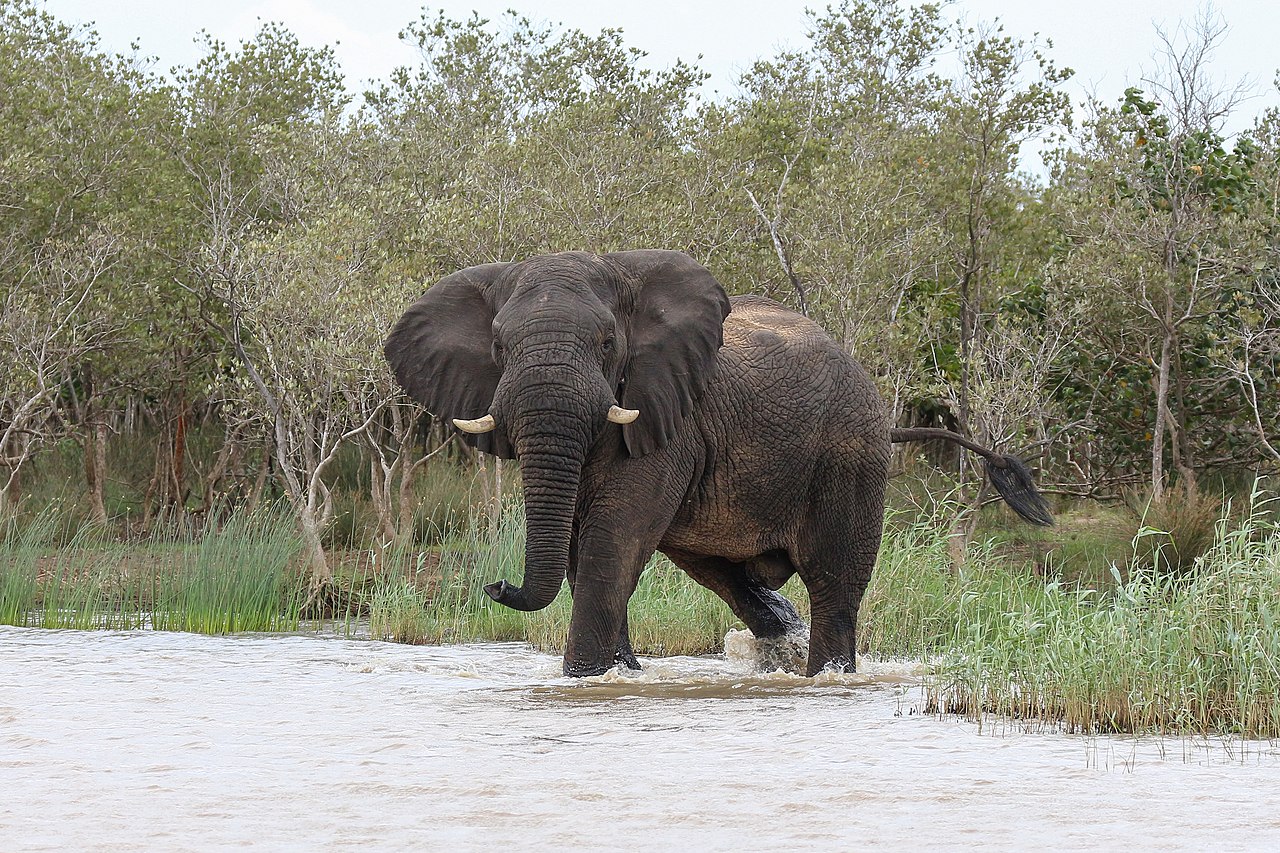

The South American spectacled bear (Tremarctos ornatus) and Asian black bear (Ursus / Selenarctos thibetanus) diverged 16.5 million years ago. They look very similar and can hybridize in captivity (Mondolfi & Boede 1981).


River otter (Lutra lutra) and brown fur seal (Arctocephalus pusillus) diverged about 40 million years ago. They indeed look quite different, but still a far cry from the difference between pakicetids and basilosaurids in a tenth of the time. This example is interesting because some experts thought that otters represent the closest related group to pinnipeds, or at least assumed stem pinnipeds like the Miocene Puijila darwini were very similar to otters. Therefore, this case seems to be a pretty good analogue to the early amphibious stem whales, which made a much bigger transition in terms of body plan in just a few million years.


The Sister Group of Whales
In modern phylogenetic reconstructions hippos are consistently recovered as the sister group of whales. So, we might expect to find a comparable evolutionary disparity within this group. However, even though the river hippo (Hippopotamus amphibius) and pygmy hippo (Choeropsis liberiensis) diverged 9.6. million years ago, they share the same body plan and only differ somewhat in size and proportions. Still not convinced?

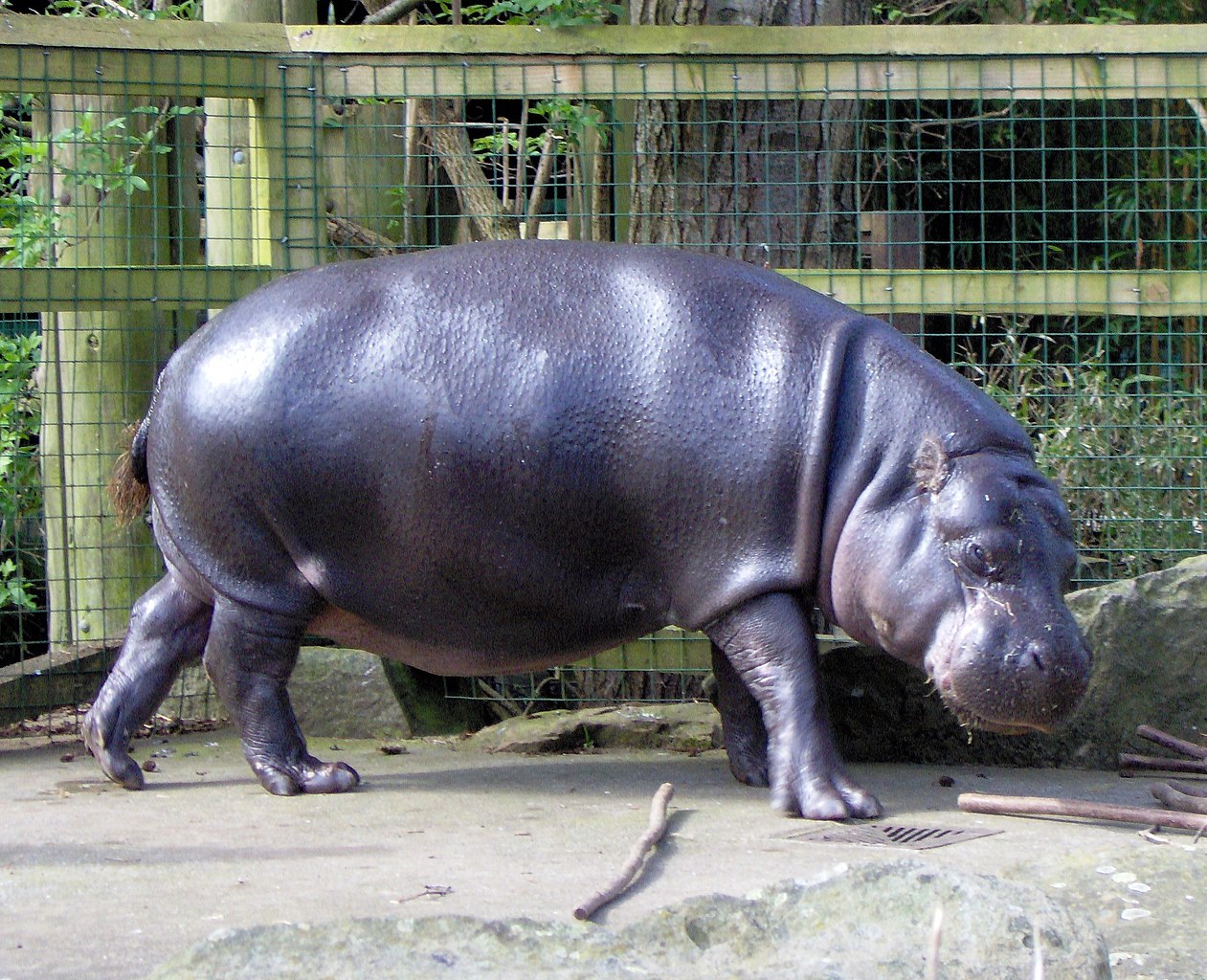
Now, let’s have a look at modern cetaceans. Maybe they are different? The common dolphin (Delphinus delphis) and the bottlenose dolphin (Tursiops truncatus) diverged 3.99 million years ago. This represents about the timeframe available between pakicetids and basilosaurids and shows what blind evolution at best can achieve with whales in this time: only very minor differences!


Finally, what about great apes and humans. Chimp (Pan paniscus) and gorilla (Gorilla gorilla) diverged according to TimeTree 9.06 million years ago and humans (Homo sapiens) from chimps 6.7 million years, which agrees with the hominin fossil record. There are two possibilities: Either you follow those scientists who consider the biological difference between humans and chimps as marginal. Then this example would just confirm the pattern described above. Or, you consider humans as very different from chimps, based on their different bipedal locomotion and especially their mental capacity and cultural achievements. In the latter case humans would represent the only exception to the pattern that I could find, which would be a remarkable confirmation of Judeo-Christian human exceptionalism.
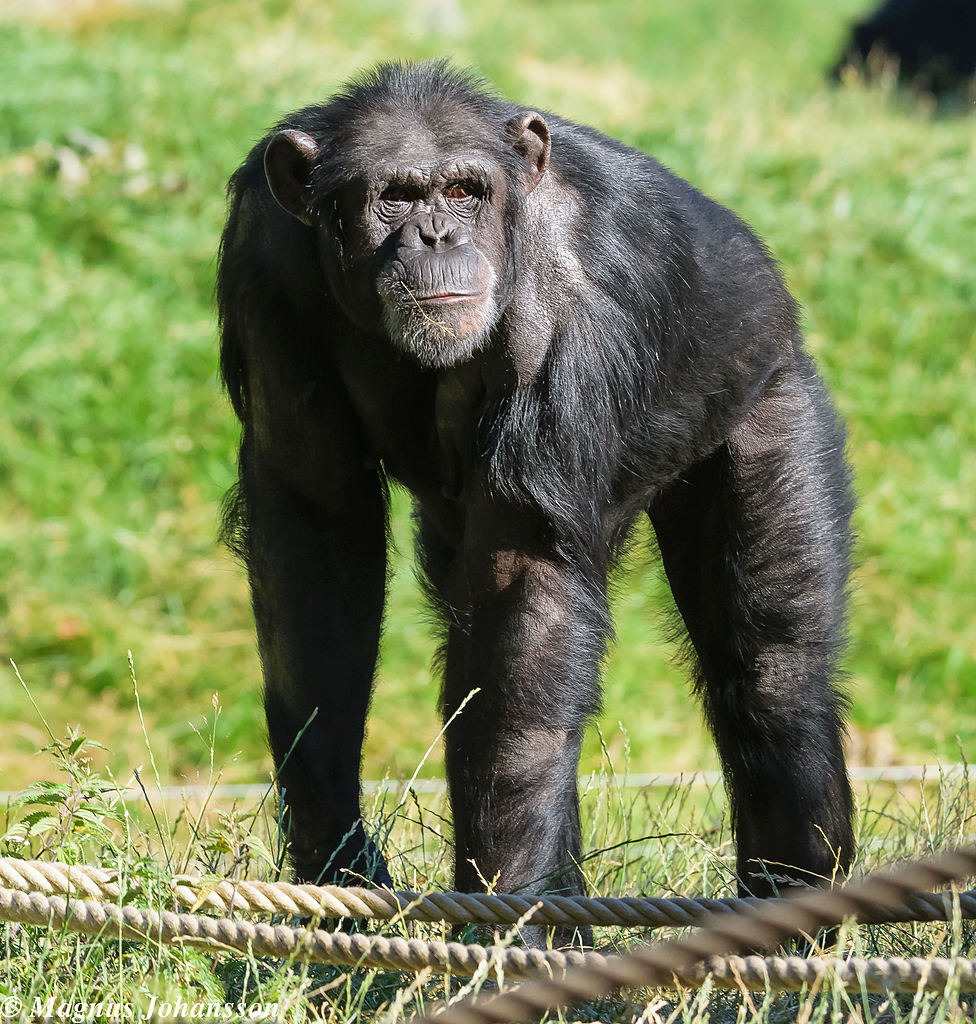
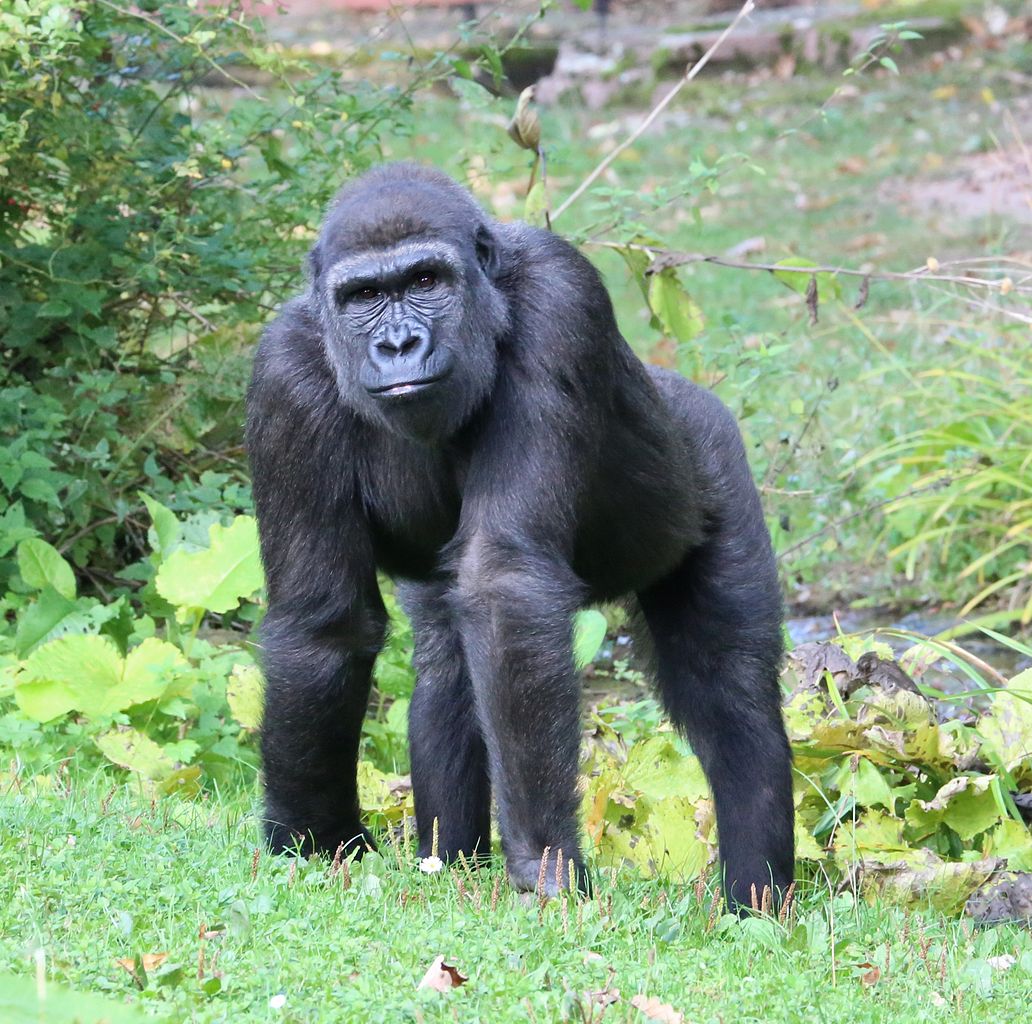

Two Indisputable Facts
These examples could be expanded endlessly but should be sufficient to establish the point. There are clearly limits to what unguided evolution can do within a few million years, and these limits are far below the level of any major body plan transitions. Thus, we can safely conclude that there are two indisputable facts that require an adequate explanation:
1.) There are many examples of fossil species pairs with very different body plans that diverged within a window of time of 5 (±5) million years. This is even more remarkable if we consider that there are only about 350,000 described fossil species (extrapolated based on data in Teichert 1956, Valentine 1970, Raup 1976, and Alroy 2002), which represent only a tiny fraction of the estimated 5-50 billion species that have ever lived on Earth (Raup 1991).
2.) There exist no living species pairs with even remotely similar differences in body plan that are dated to have diverged in a similar time frame. This is even more remarkable if we consider that there are an estimated 8.7 million living species (Mora et al. 2011, Strain 2011, Sweetlove 2011), of which more than 2 million are described (IISE 2012). Previous estimates of the total number of living species varied from 3-100 million species (May 1988, Tangley 1997, Chapman 2009), but if microbes are included, it could even be up to a trillion living species (Locey & Lennon 2016, Latty & Lee 2019).
Considering the fact that windows of time of only 5-10 million years account for most of the abrupt appearances of new body plans in the fossil record (Bechly & Meyer 2017, Bechly 2021), the Bayesian likelihood of not finding a single example of similar morphological disparity having originated on a similar time frame among the millions of living species is basically close to zero. I consider this simple argument as a final nail in the coffin of Darwinian unguided evolution.
A Public Challenge
Having made my case, I here formally and publicly pose the challenge again to prove me wrong. My dear Darwinist friends and colleagues, please find in the vast database of 97,000 species at TimeTree.org just a single example of any pair of different species that have diverged about 5 million years ago (give or take a few million years) according to a consensus of multiple molecular clock studies, and that exhibit a morphological disparity in their body plans comparable to, say, Pakicetus and Basilosaurus. To be clear, of course no evolutionist ever claimed that Pakicetus was the actual ancestor of Basilosaurus. It rather represented a side branch of the cetacean stem group. But what evolutionists definitely do imply is that the stem species was roughly similar in body plan to Raoellidae and Pakicetidae. Therefore, this challenge is absolutely valid and reasonable.
An obvious possible objection by Darwinists might be that recent species pairs do not represent ancestor-descendent lineages but just cousin lineages that both diverged from a common ancestor. Yes, I get it. However, this also applies for most fossil examples, and there is a catch: While differences in ancestor-descendent lineages could only accumulate in a single evolving lineage, recent lineages could both evolve differences during the same time in each lineage and thus should rather present more and not less morphological disparity. Therefore, this point makes the problem even worse for Darwinists.
Maybe evolutionists will appeal to yet unknown non-Darwinian processes. However, the great advantage of this new argument is that it is totally independent of the nature of the transformation process. You could simply consider that process as a black box. Therefore, it is totally irrelevant if Darwinists invent some new possible mechanism. The crucial point is not the process, but the resulting pattern of new body plans consistently having come into being abruptly in the distant past, but not in the more recent past.
No Conceivable Reason
There is no conceivable reason why a disparity like that between Pakicetus and Basilosaurus should be limited to the fossil record, where it can be found in numerous examples among all groups of organisms, while being totally absent among the millions of recent species. So, let’s be generous and not restrict the challenge to the TimeTree database. Just find any pair of species among the millions of living species to meet the challenge. Only one! Come on, if unguided evolution really can do its magic, this should not be too difficult, should it? Well, I won’t hold my breath, but if the challenge cannot be met, Darwinists should be asked to explain why.
Here is my explanation. Darwinism is wrong, and this applies not only to the neo-Darwinian process of random mutation and natural selection but to any unguided evolutionary processes including those suggested by proponents of the so-called Extended Synthesis (e.g., Shapiro et al. 2014, Laland et al. 2014, 2015, Garte 2016, Müller 2016, 2017).
There is no evolutionary reason why the creative power of this process should have been active over all of Earth history but then ceased to function within the past 10 million years. Intelligent design proponents can easily explain this pattern: there was creative intelligent intervention in the history of life, but this creative activity deliberately ceased with the arrival of humans as the final telos. Any further explanation would have to transgress the methodological limits of the design inference, but Judeo-Christian theists will certainly recognize an eerie correspondence with the Biblical message, which says that God rested from his creative activity after the creation of humans (Genesis 2:2-3).
References
- Alroy J 2002. How many named species are valid? PNAS 99(6), 3706–3711. DOI: 10.1073/pnas.062691099.
- Bechly G 2018. Alleged Refutation of the Cambrian Explosion Confirms Abruptness, Vindicates Meyer.Evolution News May 29, 2018.
- Bechly G 2021. Chapter 31: Does the Fossil Record Demonstrate Darwinian Evolution? Pp 345–356 in: Dembski WA, Luskin C, Holden JM (eds). The Comprehensive Guide to Science and Faith. Eugene (OR): Harvest House.
- Bechly G, Meyer SC 2017. Chapter 10. The Fossil Record and Universal Common Ancestry. Pp 331–361 in: Moreland JP, Meyer SC, Shaw C, Gauger AK, Grudem W (eds). Theistic Evolution: A Scientific, Philosophical, and Theological Critique. Wheaton (IL): Crossway.
- Chapman AD 2009. Numbers of Living Species in Australia and the World. 2nd ed. Canberra (Australia): Australian Biological Resources Study. [PDF]
- Daley AC, Antcliffe JB, Drage HB, Pates S 2018. Early fossil record of Euarthropoda and the Cambrian Explosion. PNAS 115(21), 5323–5331. DOI: 10.1073/pnas.1719962115.
- Garte S 2016. New Ideas in Evolutionary Biology: From NDMS to EES. Perspectives on Science and Christian Faith 68, 3–11. [PDF]
- Hedges SB, Kumar S (eds.) 2009. The Timetree of Life. New York (NY): Oxford University Press.
- Hedges SB, Dudley J, Kumar S 2006. TimeTree: a public knowledge-base of divergence times among organisms. Bioinformatics 22, 2971–2972. DOI: 10.1093/bioinformatics/btl505.
- Hedges SB, Marin J, Suleski M, Paymer M, Kumar S 2015. Tree of Life Reveals Clock-Like Speciation and Diversification. Molecular Biology and Evolution 32, 835–845. DOI: 10.1093/molbev/msv037.
- Helbig AJ, Seibold I, Martens J, Wink M 1995. Genetic Differentiation and Phylogenetic Relationships of Bonelli’s Warbler Phylloscopus bonelli and Green Warbler P. nitidus. Journal of Avian Biology 26(2), 139–153. DOI: 10.2307/3677063.
- IISE 2012. 2011 SOS State of Observed Species. Tempe (AZ): International Institute for Species Exploration. [Website]
- Kimura Y, Hawkins MTR, McDonough MM, Jacobs LL, Flynn LJ 2015. Corrected placement of Mus–Rattus fossil calibration forces precision in the molecular tree of rodents. Scientific Reports 5: 14444, 1–9. DOI: 10.1038/srep14444.
- Kumar S, Stecher G, Suleski M, Hedges SB 2017. TimeTree: A Resource for Timelines, Timetrees, and Divergence Times. Molecular Biology and Evolution 34, 1812–1819. DOI: 10.1093/molbev/msx116.
- Laland KN, Uller T, Feldman MW, Sterelny K, Müller GM, Moczek A, Jablonka E, Odling-Smee J, Wray GA, Hoekstra HE, Futuyma DJ, Lenski RE, Mackay TFC, Schluter D, Strassmann JE 2014. Does evolutionary theory need a rethink? Nature 514, 162–164. DOI: 10.1038/514161a.
- Laland KN, Uller T, Feldman MW, Sterelny K, Müller GM, Moczek A, Jablonka E, Odling-Smee J 2015. The extended evolutionary synthesis: its structure, assumptions and predictions. Proceedings of the Royal Society B 282:20151019, 1–14. DOI: 10.1098/rspb.2015.1019.
- Latty T, Lee T 2019. How many species on Earth? Why that’s a simple question but hard to answer. The Conversation April 28, 2019.
- Locey KJ, Lennon JT 2016. Scaling laws predict global microbial diversity. PNAS 113(21), 5970–5975. DOI: 10.1073/pnas.1521291113.
- Long Story Short 2020. Ep. 2 Whale Evolution: Good Evidence for Darwin? Discovery Science YouTube channel 24.04.2020.
- May RM 1988. How many species are there on earth? Science 241(4872), 1441–1449. DOI: 10.1126/science.241.4872.1441.
- Mondolfi E, Boede EO 1981. A hybrid of a spectacled bear (Tremarctos ornatus) and an Asiatic black bear (Selenarctos thibetanus) born at the Maracay Zoological Park, Venezuela. Memoria de la Sociedad de Ciencias Naturales La Salle 41(115), 143–148. [ResearchGate]
- Mora C, Tittensor DP, Adl S, Simpson AGB, Worm B 2011. How Many Species Are There on Earth and in the Ocean? PLoS Biology 9(8): e1001127, 1–8. DOI: 10.1371/journal.pbio.1001127.
- Müller G 2016. The extended evolutionary synthesis. Talk presented at the scientific meeting New Trends in Evolutionary Biology at The Royal Society, November 7-9, 2016, London. https://royalsociety.org/science-events-and-lectures/2016/11/evolutionary-biology/
- Müller G 2017. Why an extended evolutionary synthesis is necessary. Interface Focus 7:20170015, 1–11. DOI: 10.1098/rsfs.2017.0015.
- Prothero DR 2014. Species Longevity in North American Fossil Mammals. Integrative Zoology 9, 383–393. DOI: 10.1111/1749-4877.12054.
- Raup DM 1976. Species diversity in the Phanerozoic: a tabulation. Paleobiology 2(4), 279–288. DOI: 10.1017/s0094837300004917.
- Raup DM 1991. Extinction: Bad Genes or Bad Luck? New York (NY): W.W. Norton. [also see New Scientist 13 September 1991]
- Rohland N, Malaspinas A-S, Pollack J, Slatkin M, Matheus P, Hofreiter M 2007. Proboscidean Mitogenomics: Chronology and Mode of Elephant Evolution Using Mastodon as Outgroup. PLOS Biology 5(8): e207, 1663–1671. DOI: 10.1371/journal.pbio.0050207.
- Shapiro JA, Noble D, Pookottil R 2014. The Third Way of Evolution. Website: https://www.thethirdwayofevolution.com.
- Strain D 2011. 8.7 Million: A New Estimate for All The Complex Species on Earth. Science 333, 1083. DOI: 10.1126/science.333.6046.1083.
- Sweetlove L 2011. Number of species on Earth tagged at 8.7 million. Nature 23 August 2011. DOI: 10.1038/news.2011.498.
- Tangley L 1997. How many species are there? US News & World Report 8/10/97.
- Teichert C 1956. How Many Fossil Species? Journal of Paleontology 30(4), 967–969. JSTOR: 1300432.
- Valentine JW 1970. How Many Marine Invertebrate Fossil Species? A New Approximation. Journal of Paleontology 44(3), 410–415. JSTOR: 1302578.
